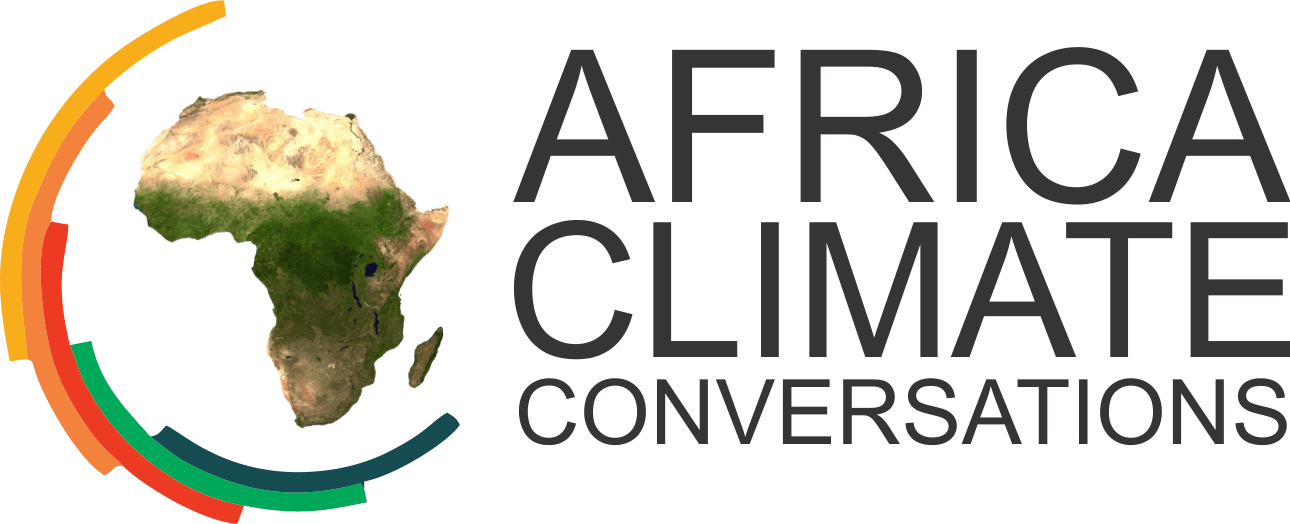
Tiny particles in the air reduce visibility. Also, cause the air to appear hazy when levels are elevated. Often referred to as PM2.5, the particles can travel deeply into the respiratory tract, reaching the lungs. Exposure to fine particles can cause runny nose, shortness of breath, sneezing, eye, nose, throat, and lung irritation, as well as coughing.
In today’s episode, I host Sean Khan, the Global Environment Monitoring System Program Manager at the UN Environment, Owen Ombima, Safaricom Environment Manager, and Lawrence Mwangi, the Nairobi City County Deputy Director of Environment.
The Nairobi City County has partnered with Kenya’s leading mobile network provider, Safaricom, and the UN Environment to monitor and measure air pollution levels in the city. the partnership has been live-streaming the color coded data on digital billboards to raise awareness among the city dwellers on the quality of the air they breathe daily. Green or UN Blue means the air is good. Red, brown, purple, or even orange means polluted air.
